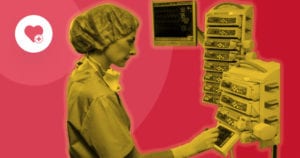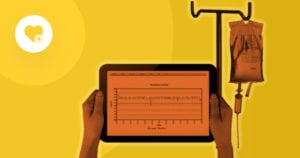
Hospitals are slowly incorporating Real-Time Location Systems (RTLS) into their workflows. These systems, which tell you the location of current equipment and employees, provide value to hospitals in several key ways:
- Personnel can know and trust the location of equipment.
- They provide accurate equipment usage statistics.
- You can know when to clean or maintain equipment.
- You can make informed decisions when purchasing new equipment.
- They reduce rental expenses.
- They monitor foot traffic and the location of hospital staff.
Real-Time Location Tracking (RTLS) for Hospitals
In the U.S, we’re constantly hearing about how doctors and nurses are overworked, and how hospitals are understaffed. At one hospital,
The other large benefit of
In addition to this, hospitals gain benefits from tracking their personnel and patients. In the case of an emergency, knowing where it’s happening can radically reduce response times. In addition to this, more processes can be automated, such as knowing when a room becomes available to increase usage efficiency.
There are some concerns in designing or choosing
When implementing an RTLS in a hospital, careful consideration should be taken for how to integrate the information with the established workflow. It’s easy to fall into “business as usual” and just use the surface value of the RTLS and not take advantage of all the benefits that the RTLS can provide.





 Related Podcast Episode
Related Podcast Episode




 Related Applications
Related Applications



 Latest IoT News
Latest IoT News








